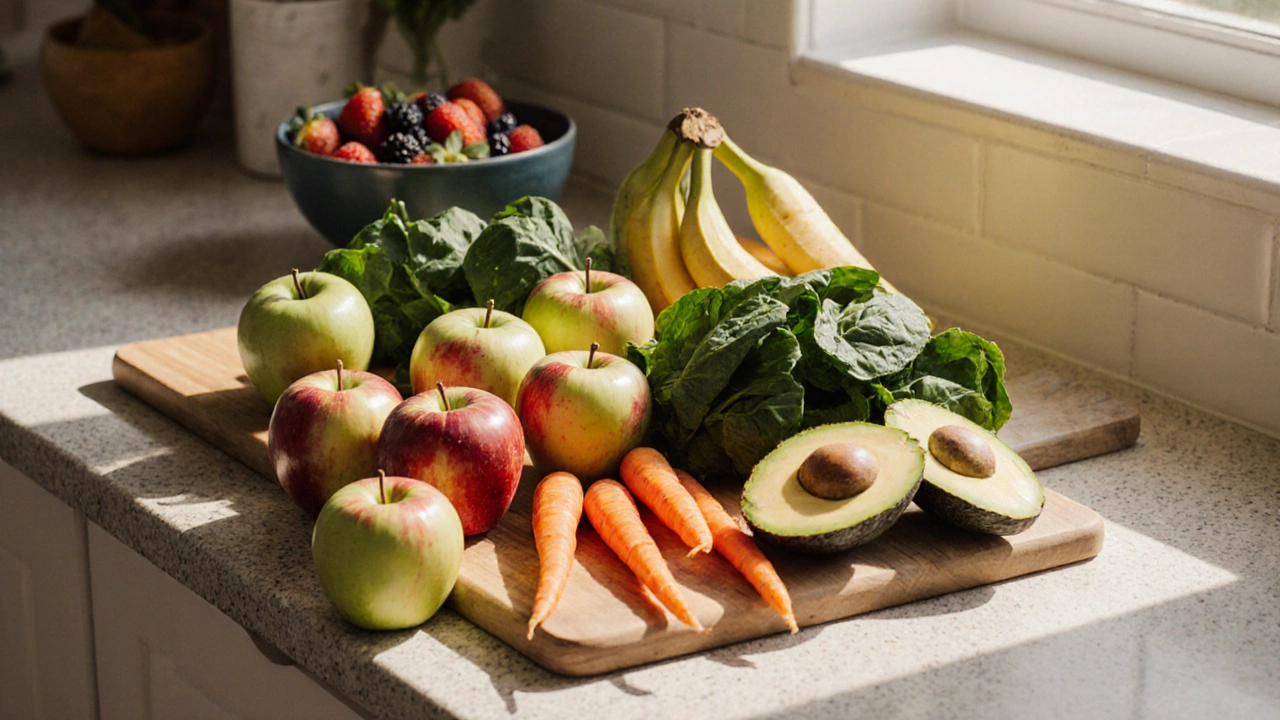Celiac Diet: What to Eat, Avoid, and Why It Matters
When you have celiac disease, an autoimmune disorder where eating gluten damages the small intestine. Also known as gluten-sensitive enteropathy, it’s not a choice—it’s a medical need. Skip gluten, and your body heals. Eat it, even in tiny amounts, and you risk long-term damage, nutrient loss, and serious health issues. This isn’t about trendy eating. This is about survival. And the gluten-free diet, the only treatment for celiac disease. Also known as celiac diet, it’s not just cutting out bread—it’s rewiring how you shop, cook, and eat every single day.
Gluten hides everywhere. It’s in pasta, soy sauce, salad dressings, even some medications and vitamins. That’s why cross-contamination, when gluten-free food touches something with gluten. Also known as gluten cross-contact, it’s a silent danger—a knife used for regular bread, a toaster shared with wheat toast, or even flour dust in the air can trigger a reaction. People with celiac disease don’t just avoid wheat—they learn to read labels like detectives, ask questions in restaurants, and keep separate kitchen tools. It’s exhausting, but it’s necessary. And yes, gluten-free foods, naturally safe items like rice, potatoes, fruits, meats, and beans. Also known as naturally gluten-free ingredients, they’re the foundation of every healthy celiac diet. You don’t need fancy gluten-free bread to thrive. You need real food—simple, whole, and untouched by gluten.
What you’ll find in the posts below isn’t just a list of recipes. It’s a practical toolkit. You’ll see how rice—naturally gluten-free—fits into daily meals, why some packaged snacks still trip people up, and how to spot hidden gluten in everyday items. You’ll get real advice on what works, what doesn’t, and how to eat well without feeling deprived. No fluff. No gimmicks. Just what you need to stay safe, feel better, and cook with confidence.

What Are 6 Safe Foods for People with Celiac Disease?
Six safe, natural foods people with celiac disease can eat without worry-plus what to avoid and how to spot hidden gluten in everyday products.
More Detail